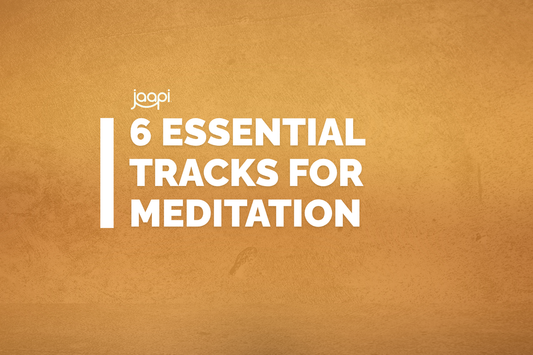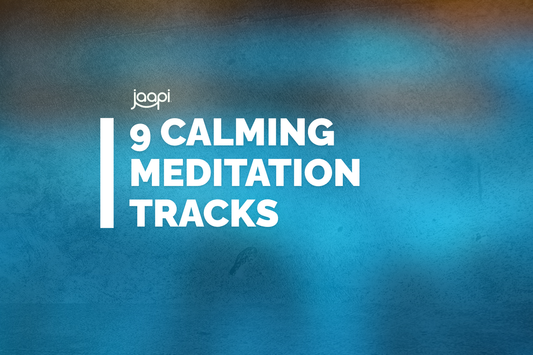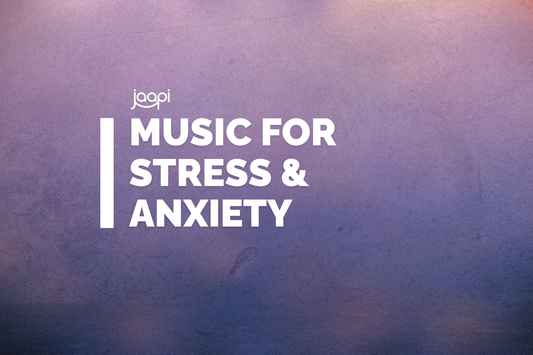What Are the Risks of Sound Healing? Practical Guide for Safe Practice
Sound healing brings deep relaxation and peace to many people, but like any wellness practice, it's worth knowing about potential side effects and who should take extra care. Here's what to know so you can enjoy sound healing safely.
Affiliate Disclosure: As an Amazon Associate, we earn from qualifying purchases. We only recommend external tools that complement your practice.
Sound Healing Safety Basics
Most people find sound baths and healing frequency music deeply calming, but occasionally someone might experience unexpected reactions. Here's what can happen:
- Emotional release: Sound healing can bring buried feelings or memories to the surface—sometimes triggering tears, anxiety, or unexpected emotions. This happens most often for people with past trauma or who are working through difficult experiences. For gentle emotional support, many find 528 Hz frequency helpful for heart-centered healing.
- Physical responses: Some people notice headaches, dizziness, or mild nausea—especially when sounds are particularly loud or when singing bowls are played very close to the body.
- Health conditions to consider: If you have epilepsy, metal implants, certain heart devices, or sound-sensitive conditions (like Ménière's disease), check with your doctor before trying sound healing.
- Pregnancy and children: Most practitioners avoid placing singing bowls directly on pregnant bellies, and keep sessions shorter and gentler for kids.
- Finding qualified practitioners: Not all sound healers have formal medical or therapeutic training, which means it's worth asking about their experience and how they screen for health conditions.
Side effects are rare, but they do happen. A systematic review of human studies found that while most people experience positive effects, some had adverse reactions—researchers emphasized the need for more studies and the importance of working with experienced practitioners.
Safe Practice Guidelines
- Start small—try 10-15 minute sessions first, especially if you're new to sound healing. Many people begin with 432 Hz frequency for its gentle, grounding feel.
- Tell your practitioner about any health conditions, recent surgeries, or medical devices you have.
- If you feel overwhelmed or uncomfortable during a session, it's totally fine to pause, open your eyes, or step outside for quiet time.
- Use a meditation timer to track how long you're listening—most experts suggest starting with 10-15 minutes and gradually building up. Learn more in our guide on how long to listen to healing frequencies.
- Try sound healing at home first with our free sound healing music downloads—you can explore different frequencies in a comfortable, familiar space.
- Create a calming recovery space with a Himalayan salt lamp—helpful if you experience emotional releases or need gentle grounding after intense sound healing sessions.
- If you're pregnant or have a neurological condition, talk to your healthcare provider first.
- For at-home listening, invest in quality headphones and keep the volume comfortable—you want to protect your hearing while experiencing the frequencies clearly.
Explore our royalty free sound healing music to experiment with different frequencies in a controlled, comfortable environment.
Sample our library:
Download free meditation music to discover your ideal sound for healing practice.
Exploring Frequencies Safely
Not all frequencies feel the same, and some are gentler than others. To find what works for you:
- Check out our complete list of healing frequencies to see what each frequency offers.
- Try gentler options like 963 Hz for spiritual practice or all seven Solfeggio frequencies to discover which ones resonate most with where you are right now.
- Keep a practice journal to track how different frequencies affect you—documenting any uncomfortable reactions helps you identify which sounds work best and which to avoid.
Sound healing can be a beautiful addition to your wellness routine—by paying attention to how your body responds and taking things slowly at first, you can create a practice that feels supportive and nourishing.









